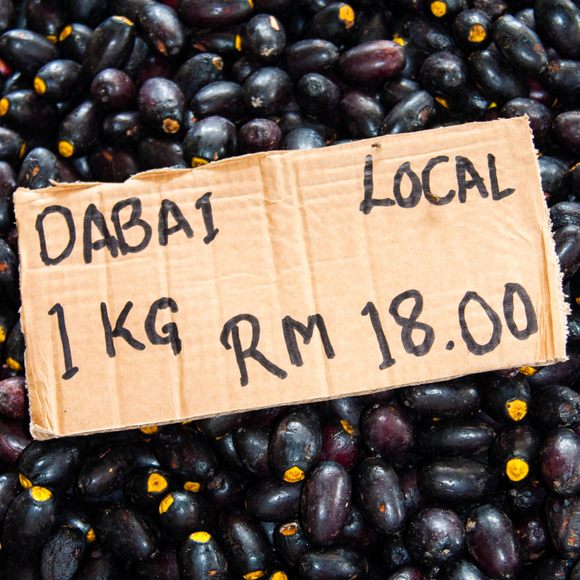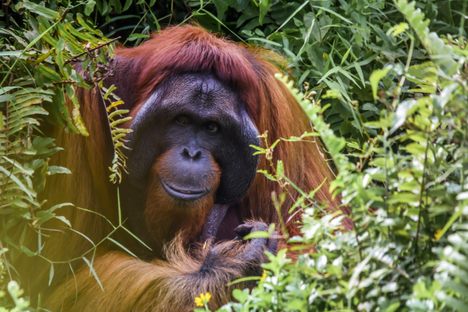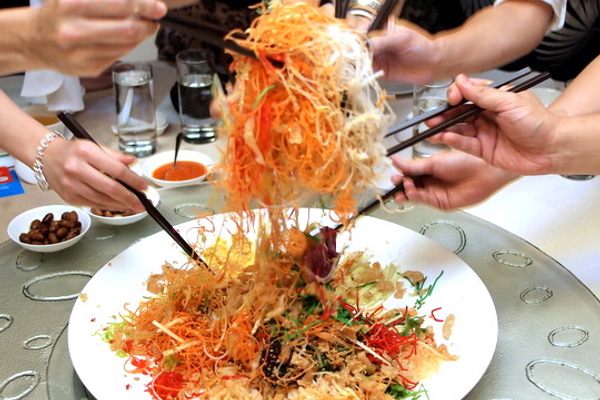Fruits & Vegetables
Dabai
This Borneo specialty tastes like olives, carrots, and brie cheese—if you know how to prepare it.
Dabai is a little fruit with a learning curve. It’s a favorite throughout its native Borneo, but if you bite into one without preparing it properly, you should expect an experience similar to biting into a rock-hard, pinecone-flavored olive. With a simple soak in hot water, those harsh flavors become milder and dabai develops a taste that people pay top dollar for.
The skin on the dabai fruit is black and shiny, while the pulp inside is a contrasting yellow. It’s easy to identify at a market by a distinctive yellow circle on one side from where the stem once attached to the fruit. To prepare dabai fruits, you clean them and place them in a bowl of hot water. After a few minutes, they will develop the consistency of softened butter. Eaten in this stage, they’ll taste like buttered carrots with a hint of olives and brie cheese.
Much of the olive-like flavor comes from its skin, so if you aren’t a fan you can peel these before soaking them. Some vendors will also sell the fruits already peeled or partially peeled (giving the fruits black and yellow stripes).
The pulp surrounds a large seed. If you crack this open, the kernel inside is also edible. It tastes much like the buttery pulp, but with a strong nuttiness similar to almonds.
In Borneo, these fruits often sell for about $3 a pound. Although this price is not terrible by Westervn standards, it is very high for a region where a giant bag of mangosteens costs about $1. Still, locals find these well worth the steep price. They are eaten out of hand, sometimes with a sprinkle of salt or soy sauce. Some dishes can be made with the fruit including the fried rice dish known as Nasi Goreng Dabai.
Written By
 Jared Rydelek
Jared Rydelek














